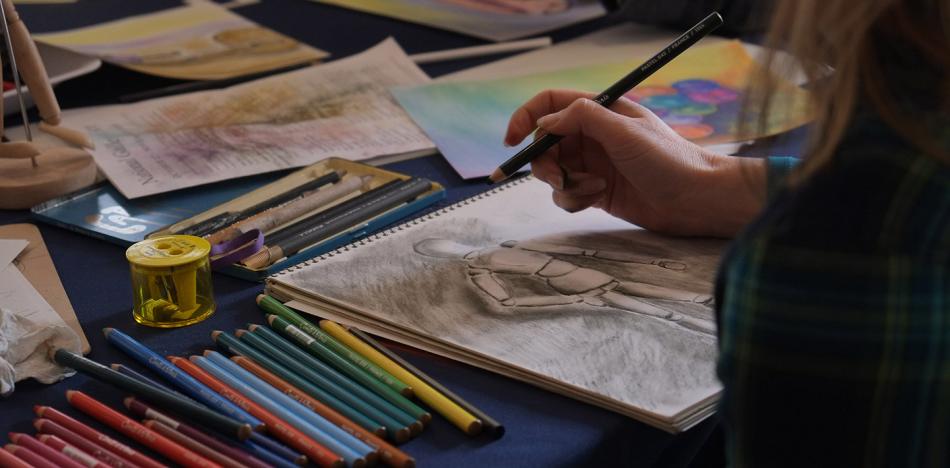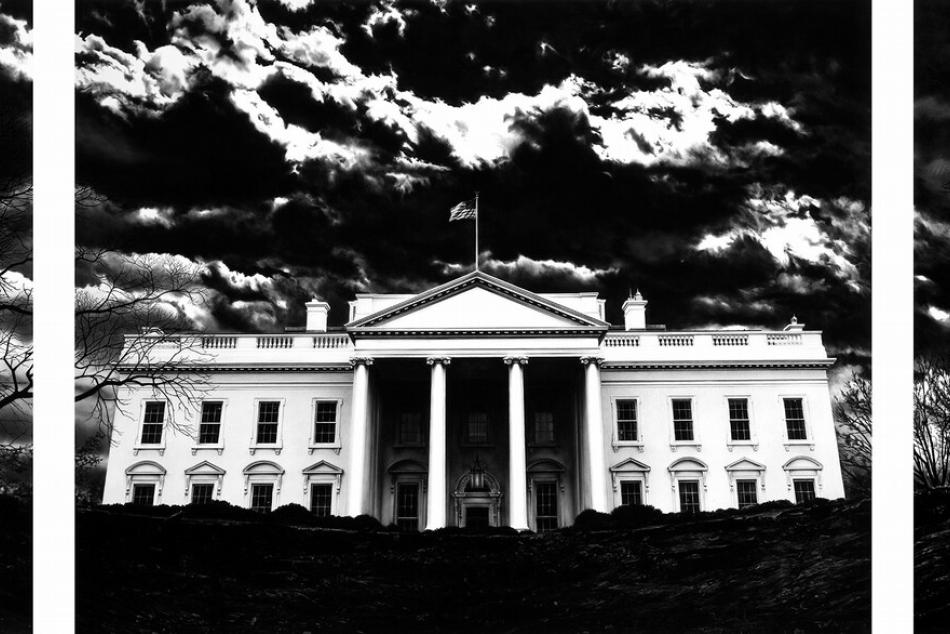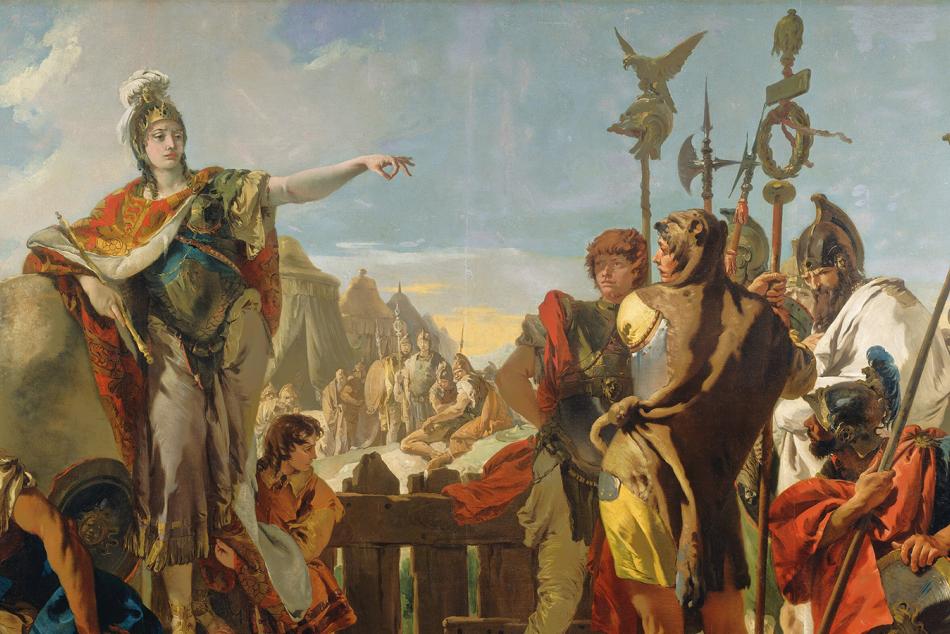Mindful Drawing: Activities that Embrace Experimentation

“Be kind to yourself” is a sentiment we’ve been hearing a lot lately. For me, taking just ten minutes to have a mindful experience with drawing is an act of kindness that clears space in my mind and encourages new perspectives.
It offers me a sense of respite and escape that fuels other types of creativity and generosity. I’m not alone in this. As a museum educator, I’ve seen how drawing can help people slow down and relax, embrace playful creativity, and at times even discover emotional catharsis.
We’ve worked with a team of educators and teaching artists to develop sketching prompts that you can use from home. Some of these are shorter; with others, you might prefer to take your time, or keep trying them over and over again. Just remember: these drawing prompts are about mindfulness and observation, so try to silence your inner critic. Embrace experimentation and the process, and don’t worry about the outcome. Simply trying them is a success.
We would love to see the different ways you connect with drawing through these prompts. Email [email protected] to share your creations and tag us with #NGAsketch on Instagram, Twitter, or Facebook.

Drawing Prompts
For each of the drawing prompts, start with the following steps:
- Focus on your posture. Sit up straight and relax your shoulders.
- Take a deep breath in for five seconds, and then breathe out slowly for five seconds. Repeat this up to ten times.
- Pick up your drawing tool. Take a moment to focus on your grip. If you find that your grip is too tight, loosen it up. Experiment with different ways of holding your drawing tool. For example, if you are using a pencil, try moving your grip away from the page, toward the pencil’s eraser.
- Optional: Write down or say aloud one thing that you appreciate or have gratitude for right now.
Drawing inspired by music
Play one of your favorite songs or types of music. Think about how different sounds might make a line do different things. Find a starting point on your paper and begin drawing. Let your line wander around the page and change direction or create shapes inspired by the different sounds you hear. Try to keep drawing until the song ends. When you are done, think about how you might include color.
Emotional mark-marking
Can a line suggest an idea, emotion, or movement? Draw what might represent a quiet line, a loud line, and a dancing line. Write down an emotion that you are feeling. Draw a line that might represent that emotion. Fill your page with similar lines.
Blind contour portrait drawing
Choose a person to draw. You can base your drawing on someone in your home, a photo of a friend or family member, your reflection, or a portrait in the National Gallery’s collection. Find a starting place on your page and line that up with a point on what you are observing. Set a timer for three minutes and prepare to keep your eyes focused on your subject the entire time. Without looking at your paper, move your pencil with your eye as it traces the edges and shapes that you see. Focus on the connection between your eye and your pencil.

Simple shape landscape
Find a view outdoors from a window or during a walk. Draw what you see using simple shapes such as circles, squares, and triangles. Use darker lines for the objects closer to you and lighter lines for objects that are farther away. For additional inspiration, browse through landscapes in the Gallery’s collection.
Silhouettes
Draw a silhouette or an outline of yourself. You can use an image from your phone or a shadow created with natural or artificial light. Fill the inside of the silhouette with words that describe how you are feeling and what you are thinking about. Fill the outside of the silhouette with lines and shapes that describe those emotions.

Sketchbook Club
This is one club where you don’t need a membership to join! Teaching artists lead free, 30-minute sketches inspired by works of art from the our collection.
You may also like

Article: Robert Longo’s Huge Drawings of America’s Seats of Power
The American artist challenges our ideas about the medium with some of the largest drawings you’ll ever see.

Article: Step by Step: Create a Superhero Inspired by Women in Our Collection
You can find images of inspirational women throughout our collection. Create your own superhero and design a book cover to show her amazing abilities.


